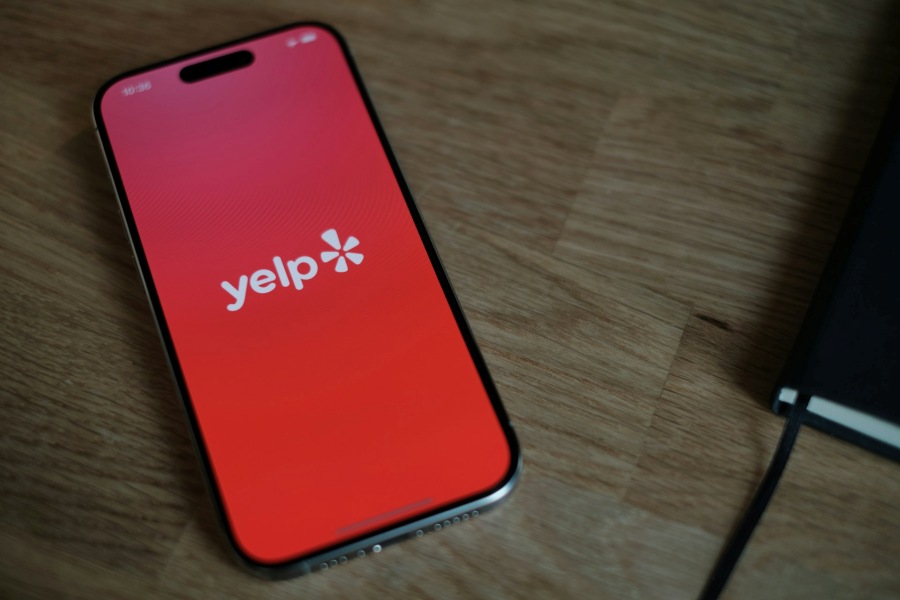- Accessibility is not only a matter for web designers and developers. Social media marketers should practice it, too.
- The more accessible your social media content is, the more people will be able to engage with it.
- Making social media content inclusive is easy once you know where to start and what steps to take.
Social media has become a powerful tool for individuals, business owners, and companies in recent years. It helps bring people together regardless of their backgrounds and abilities, which explains the need for accessibility for all. Without these best practices of inclusivity, you may be unknowingly excluding people from viewing your social media content.
Digital accessibility and social media
Making social media more accessible involves designing and creating content easy for everyone to view and understand. People should find it easy to navigate your content, even when they have physical or cognitive challenges. Unless your content is accessible, you risk losing a big audience, which is the last thing you want for your brand. Thanks to technology, you can easily make your social media content more inclusive to target more people.
To make sure your communication efforts are working, you may also need an accessibility audit for your website to define and eliminate barriers to digital accessibility.
Tips to make social media posts accessible for the visually impaired
Are you trying to make your content more accessible for people living with disabilities but you are not sure where to start? Here are the best practices to ensure accessibility.
Add ALT text to all posts that contain images
Alternative text or ALT text simply refers to providing text descriptions to images. When using ALT text, post viewers with limited vision will know what the post is about by reading the image description using a screen reader. Apart from making your page more inclusive, alt texts are also essential to improve SEO, which increases the chances of reaching a new audience.
The ALT should be effectively added not only on regular pictures but also on other images, including graphs, GIFS, and memes. Ensure you transcribe texts and clearly describe colors in their true shades, like sky blue and lime green, for a more detailed picture and understanding. Luckily, all platforms allow the addition of ALT text; here’s how.
- Facebook- When you add an image to your post, click the paintbrush icon to edit the photo, then edit the generated ALT in the box, save, and post.
- Instagram- (Only available on the app) When posting, go to the bottom and click ‘Advanced Setting,’ then go to ‘Accessibility’ and tap ‘Write ALT Text’. Type it, confirm with ‘Done’, then go back to the post and share it.
- Twitter- When trying to share an image, click ‘Add Description’ under the post, then include your ALT, save it, and share.
- LinkedIn- After adding an image to the post, click ‘Alternative Text’ below it, add the description, save it, and share the post.
Include captions for video content
If your brand uses video marketing, it is important to include closed captions to make them more accessible. What about subtitles, you may ask. Subtitles run at the bottom to explain the dialogue in a video but captions add extra details for more context, like the narrator’s name and the sound effects or music in the background. So, how do you add closed captions across various platforms?
- Facebook- When posting your video, click ‘Edit,’ then ‘Add Captions,’ then ‘Upload Captions,’ and post.
- Instagram- When you upload the video, click ‘Next,’ and tap the stickers followed by the Caption sticker. The app will transcribe the audio, but you can still tap and edit them out individually.
- Twitter- When you click the video in your Media Studio Library, click ‘Subtitles,’ pick the language, then click ‘Upload,’ but you can make edits by tapping the pencil symbol.
- LinkedIn- When adding a video to your post, go to ‘Auto Captions’, then ‘Add auto-captions,’ then review and edit to be sure before sharing.
Other considerations for video content
Besides closed captions and subtitles, you can also add video descriptions to your posts. This way, there is a text describing important details in the video to help people with visual impairments understand what’s happening. This can be in audio form or add it to the video’s description field.
Pay attention to color contrast
People with low vision and color blindness may find it hard to read and understand texts unless the colors are properly contrasted. With better contrast, the colors in the images can easily be seen. Consider the ratio 4.5:1 to make your social media posts more accessible, and while at it, use larger font sizes and avoid combining colors like red and green or yellow and blue.
Use camel/ Pascal case hashtags
Hashtags are excellent ways to increase the views on your post but remember to still make them readable. For instance, you can use camel case, a format where the first letter of every word is capitalized. When more words are involved, the capitalization makes them seem separated, hence more readable.
Limit emojis
Emojis are also accessible and can be read aloud by screen readers. If you use a similar emoji multiple times, that’s what the audience will keep hearing on repeat. The best way to go is to avoid using the same emojis. Also, avoid using emojis made from text because every symbol will be read out, making it quite confusing.
Include descriptive links
People using screen readers need to know exactly where the link leads to. ‘Click here’ is not descriptive enough, so you are safer labeling them more clearly using terms like ‘Click here to contact us.’
Write in plain and simple language
You want your audience to understand your post, no matter their abilities or background. Technical terms and jargon are not inclusive languages; instead, consider using simple terms everyone understands while avoiding offensive, ableist languages.
Keep your posts precise
Another way to make your posts more inclusive is to go straight to the point. People with vision challenges zoom in and use screen readers, and the only way to retain their attention is by making the message readable and precise. Make the content fun and exciting, not too long before they lose interest.
Be open to feedback
You may not get everything perfect on the first try. The best way to improve your practices is to be open to criticism and listen to the feedback from your audience. When you are open with your audience, they can tell you their first-hand experiences with your page, and from their corrections, your page will be more inclusive for all.
Connect with all segments of your audience
You want to reach more people through your content, but have you considered accessibility requirements? There is a huge segment of the audience that your brand can benefit from, but only with the right practices. When you focus on making your content more inclusive and accessible, people can read and understand the message. Thanks to advanced tech, anyone can access social media now, and that is great news for your business if only you have the right tools and the right people helping you get there. Contact us to help boost your marketing campaign and reach all audience segments.





